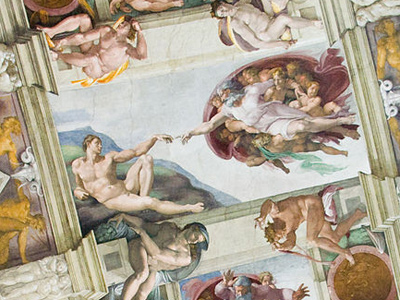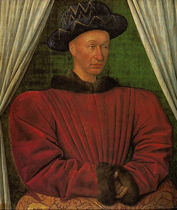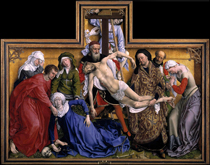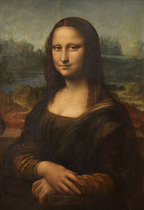

Renaissance Art
This quiz addresses the requirements of the National Curriculum KS3 in Art and Design for children aged 11 to 14 in years 7 to 9. Specifically this quiz is aimed at the section dealing with understanding art movements and their influence on the world, and it focusses in particular on the Renaissance Art Movement.
In KS3 children will learn how to critically appraise historical works of art, as well as understand the influence ancient movements have had on art today.
The period immediately following the Middle Ages in Europe saw a significant revival of interest in the classical styles and values of Ancient Greece and Rome. As politics became more stable and people began to prosper as a result, new technologies began to emerge – one of which was the printing press. New parts of the world were discovered and astronomy was revolutionised. Philosophy, literature and art entered a new era.
Try your hand at these questions about the Renaissance Art Movement and the influence it has had on the art of later periods.
Click on the pictures for a closer look.
This painting is 'Sacred and Profane Love' by Titian, one of the most important Renaissance artists
Ready for more?
not all...
quizzers. Try to win a coveted spot on our Hall of Fame Page.
















